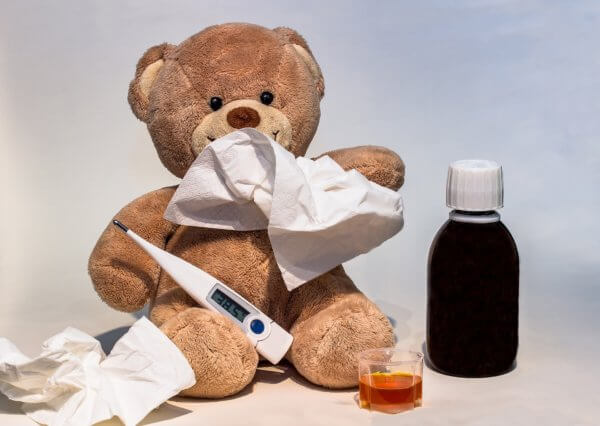What to do if you have a high fever
Posted on October 28th, 2017
 Our body temperature, like our blood pressure and pulse rate, varies depending on the time of day or night and our activities. The method used to measure the temperature also has an influence on the reading with oral temperature typically higher than the reading taken from the ear. Generally speaking though, any reading between 36.1 to 37.5 ⁰C is considered to be normal.
Our body temperature, like our blood pressure and pulse rate, varies depending on the time of day or night and our activities. The method used to measure the temperature also has an influence on the reading with oral temperature typically higher than the reading taken from the ear. Generally speaking though, any reading between 36.1 to 37.5 ⁰C is considered to be normal.
What happens if our body temperature is elevated or reduced?
Hot:
- 44 °C or more – In all probability the person will die
- 43 °C – Normally death, or there may be serious brain damage, continuous convulsions and shock as well as collapse of the heart and lungs
- 42 °C – The person may turn pale or remain flushed and red and slip into a coma, be in severe delirium or start to vomit or have a fit. Blood pressure may be high or low and heart rate will be very fast.
- 41 °C – (Medical emergency) – Fainting, vomiting, severe headache, dizziness, confusion, hallucinations, delirium and drowsiness can occur. There may also be palpitations and breathlessness.
- 40 °C – Fainting, dehydration, weakness, vomiting, headache and dizziness may occur as well as profuse sweating. Starts to be life-threatening.
- 39 °C – Severe sweating, flushed and very red. Fast heart rate and breathlessness. There may be exhaustion accompanying this. Children and people with epilepsy may be very likely to get convulsions at this point.
- 38 °C – Sweating, feeling very uncomfortable, slightly hungry.
Normal:
- 37 °C – Normal internal body temperature (varies between about 36.12–37.5 °C)
Cold
- 36 °C – Mild to moderate shivering (body temperature may drop this low during sleep)
- 35 °C – Hypothermia is less than 35 °C – Intense shivering, numbness and blue/greyness of the skin. There is the possibility of heart irritability.
- 34 °C – Severe shivering, loss of movement of fingers, blueness and confusion. Some behavioural changes may take place.
What to do if a person has a temperature higher than 39⁰C:
Remove as much clothes as possible – even if the person complains that he/she is cold
If younger than 5 years:
- Wrap child in a wet towel and stand under a ceiling fan set at its highest setting.
- Take the temp every 2 minutes until it drops to 38⁰C – usually within 5-6 minutes.
- Give Panadol or Nurofen as per weight/age.
- Get child to your GP or a hospital ASAP
Older than 5 years:
- Put patient in a bath with luke warm water or under a cold shower until temp drops to below 38⁰C
- Give Panadol or Nurofen as per age
- Get medical advice
